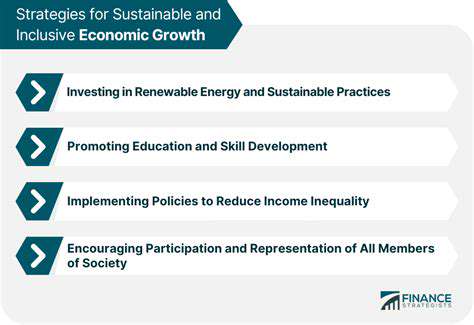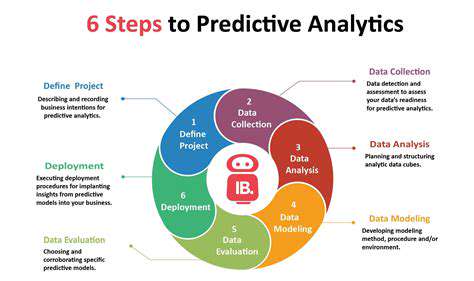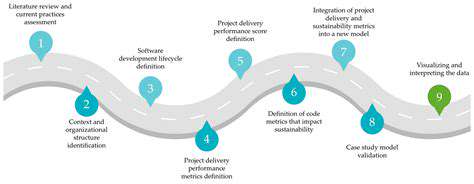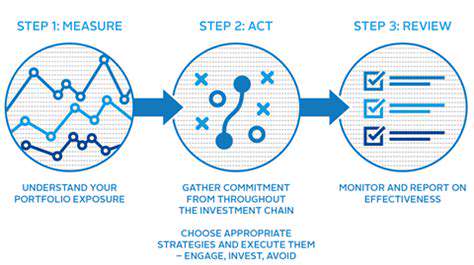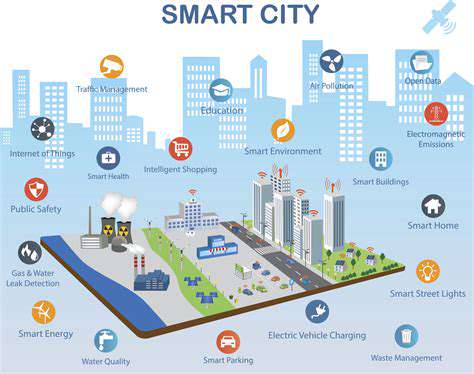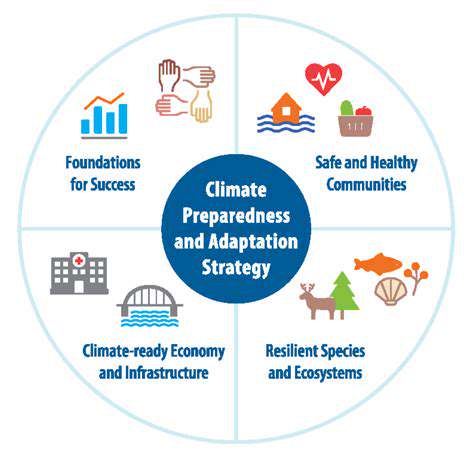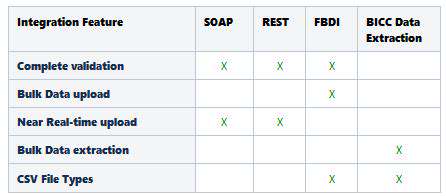Smart Buildings and Real Time Occupancy Data
Smart building technologies are revolutionizing the way we design, construct, and manage buildings. These technologies leverage advanced sensors, data analytics, and automation to optimize energy consumption, improve occupant comfort, and enhance overall building performance. From intelligent lighting systems that adjust brightness based on natural light to automated HVAC systems that dynamically regulate temperature, smart building technologies are creating more sustainable and responsive environments.
The integration of these technologies goes beyond individual components. A holistic approach allows for real-time monitoring and analysis of building performance, leading to proactive maintenance and reduced operational costs. This interconnectedness facilitates the collection and interpretation of vast amounts of data, providing invaluable insights into energy usage patterns, occupancy trends, and equipment performance.
Real-Time Occupancy Data: A Game Changer for Building Management
One of the most impactful aspects of smart building technologies is the ability to collect and analyze real-time occupancy data. This data, gathered from various sources like motion sensors, access control systems, and even mobile device location data, provides a granular understanding of how a building is used. This knowledge allows for dynamic adjustments to lighting, temperature, and other building systems, maximizing efficiency and minimizing waste.
Real-time occupancy data empowers building managers to optimize space utilization, identify underutilized areas, and make data-driven decisions about resource allocation. This leads to significant cost savings by reducing energy consumption and minimizing the need for unnecessary maintenance. Understanding occupancy patterns also allows for better planning and design in future building projects.
Data Analysis and Predictive Modeling for Smart Buildings
The abundance of data generated by smart building technologies isn't just about real-time insights; it's also about predictive modeling. By analyzing historical occupancy patterns, energy consumption trends, and other key metrics, building management systems can forecast future needs and proactively adjust operations. This allows for optimized resource allocation, improved energy efficiency, and a more responsive building environment.
Predictive modeling powered by advanced algorithms can anticipate potential equipment failures, allowing for preventative maintenance and minimizing downtime. This proactive approach not only saves money but also enhances the overall operational reliability and safety of the building. The potential for these advancements is substantial, offering a new level of control and efficiency for building management.
The Future of Smart Buildings: Integrating Sustainability and Occupancy
The future of smart buildings is inextricably linked to sustainability. As environmental concerns rise, smart building technologies play a crucial role in reducing the environmental footprint of buildings. By optimizing energy consumption, reducing waste, and promoting responsible resource management, smart buildings contribute to a greener future. These technologies directly support achieving sustainability goals by optimizing energy use and reducing the overall environmental impact.
Furthermore, the integration of real-time occupancy data with sustainability initiatives allows for a more holistic approach to building design and operation. This enables better understanding of occupant needs, promoting a healthier and more productive environment while adhering to sustainable practices. This synergy between technology and sustainability is pivotal in shaping the future of the built environment.

A high-quality product feed is crucial for success in Google Shopping campaigns. Accurate and comprehensive product data directly impacts how your products are displayed to potential customers. This includes details like accurate product titles, descriptions, images, prices, and availability. Inaccurate or incomplete data can lead to your products not appearing in search results, or appearing with incorrect information, thus hindering your chances of conversions and sales. Ensuring precision in your feed data is paramount for establishing credibility and attracting the right audience.
The Future of Smart Building Management

Predictive Maintenance
Predictive maintenance is revolutionizing smart building management by leveraging data analytics to anticipate potential equipment failures. By analyzing sensor data from HVAC systems, lighting, and other building components, smart systems can identify patterns and predict when maintenance is needed, preventing costly breakdowns and ensuring optimal building performance. This proactive approach not only saves money but also minimizes disruption to occupants and operations.
This proactive approach allows facilities managers to schedule maintenance during off-peak hours, maximizing efficiency and minimizing downtime. Predictive maintenance also enhances the overall lifespan of building equipment.
Enhanced Energy Efficiency
Smart buildings are designed to optimize energy consumption. Advanced sensors, automation systems, and machine learning algorithms allow for real-time adjustments to lighting, heating, and cooling systems, reducing energy waste and lowering operating costs. This leads to significant cost savings for building owners and a reduced carbon footprint.
Improved Occupant Experience
Smart building technologies contribute significantly to a more comfortable and efficient occupant experience. Automated lighting adjustments, personalized temperature control, and optimized access systems enhance the overall comfort and productivity of building occupants. By addressing individual preferences and needs, smart buildings can foster a more positive and productive environment.
Real-Time Monitoring and Control
Real-time monitoring and control are essential features of smart building management systems. By providing continuous data on building performance, these systems allow for immediate adjustments to optimize energy use, environmental conditions, and overall efficiency. This capability enables rapid responses to changing conditions and ensures that the building operates at peak performance.
Integrated Security Systems
Smart building systems are increasingly integrated with advanced security measures. Integrated access control, surveillance systems, and intrusion detection technologies provide enhanced security and safety for occupants and the building itself. These combined systems create a more secure environment, minimizing risks and ensuring the safety and security of all occupants.
Data-Driven Decision Making
The abundance of data generated by smart building systems can be harnessed to make data-driven decisions. Analyzing this data provides valuable insights into building performance, occupant behavior, and energy consumption patterns. These insights empower building managers to make informed decisions about optimizing resources and improving operational efficiency. This allows for a better understanding of how occupants use the building and how to enhance their experience.
Integration with Building Automation Systems
Integration with existing building automation systems (BAS) is crucial for seamless implementation of smart building technologies. Seamless integration enables the management of all building systems from a centralized platform, providing a comprehensive view of building performance and allowing for coordinated control. This unified approach fosters a more efficient and responsive building management system.

